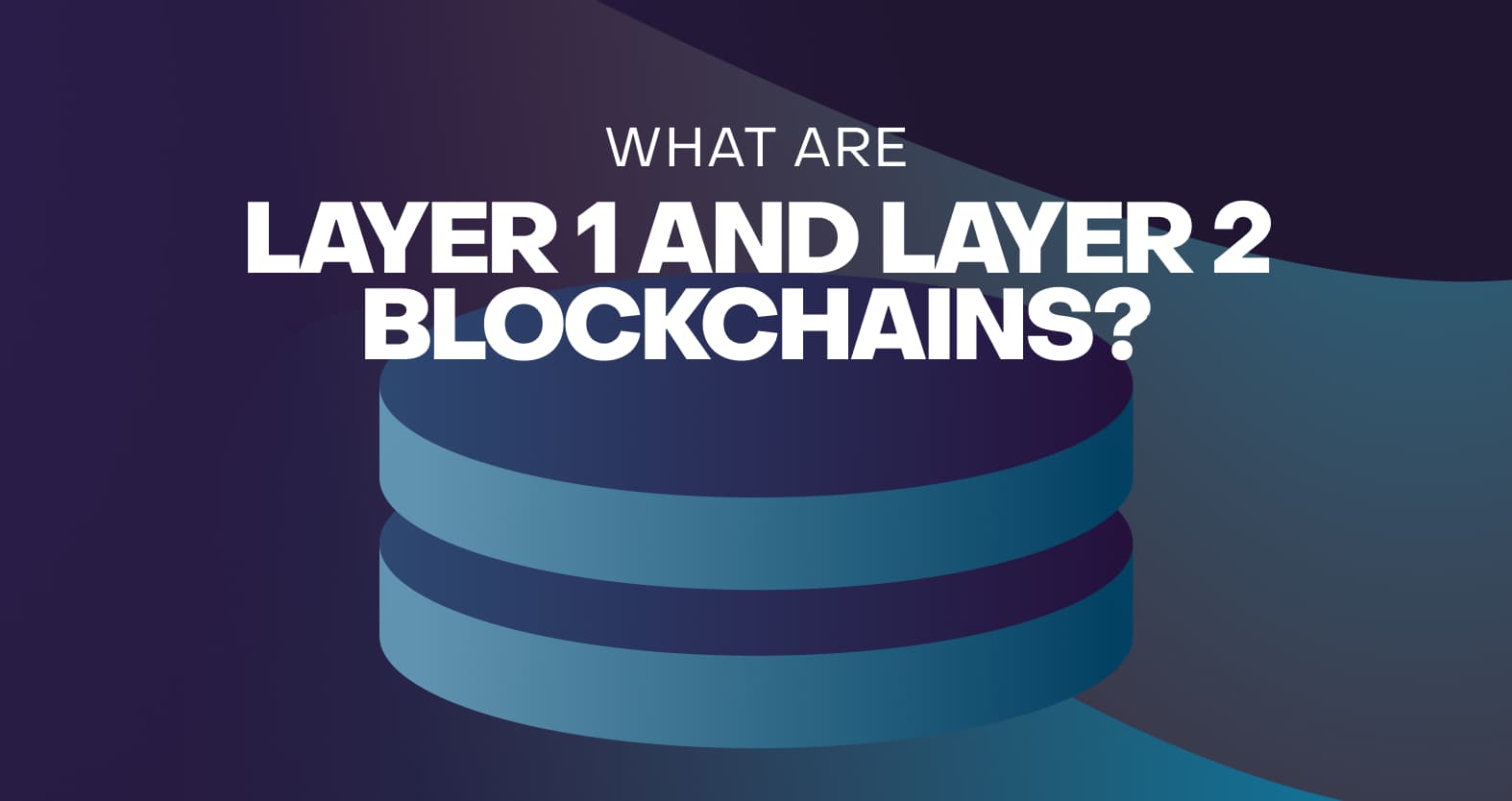
Table of contents
Blockchain scalability refers to a blockchain’s ability to support high transactional throughput and future growth. Various solutions have improved blockchain scalability on Layer 1 and Layer 2 blockchains.
The necessity for blockchain scaling has become more evident as the ecosystem grows and gains mainstream adoption. As cryptocurrency usage in everyday transactions increases, blockchain scalability has become vital for network security maintenance, record keeping, and improved transaction speed.
Layer 1 vs. Layer 2 Blockchain Protocols
What Is Blockchain Scalability?
Blockchain scalability is the ability of a blockchain network to increase its throughput as the network grows, increasing the volume of transactions processed as the blockchain’s ecosystem evolves. Usually, the number of transactions a blockchain network can process per second is the measure of its throughput.
Blockchains aim to continuously increase their ability to handle the volume of transactions initiated by users across the global crypto space. At the moment, crypto transactions have several limitations that cause delays and bottlenecks, usually focused on the trade-off between centralization versus throughput. Many crypto communities are now working on different solutions for overcoming these hurdles in order to build the next generation of DeFi apps — known as DeFi 2.0.
Why Is Blockchain Scalability Important?
Scalability refers to a blockchain’s capacity to sustain larger transaction throughput. As a result, scalability is critical for the future growth of the crypto and blockchain sector. The increasing number of use cases and general adoption should not impair the performance of a scalable blockchain network.
The several steps required to perform and validate a blockchain transaction often take up time and processing power. If a blockchain network has a bottleneck of transactions and processing time significantly increases, the user experience becomes unsatisfactory and expensive. The immediate solution is scalability, an essential requirement for the future of all blockchain networks. Scalability is also the only way for these networks to successfully compete with traditional and centralized platforms.
What Is A Layer 1 Blockchain?
A Layer 1 blockchain functions as the foundational architecture for blockchain apps, protocols, and networks. The primary characteristic of a Layer 1 blockchain is its consensus mechanism, essentially a system used by networks to validate transactions and secure blockchains.
Different consensus mechanisms provide varying levels of speed, security, decentralization, and throughput. Hence, Layer 1 scaling solutions have become necessary to ensure that blockchain networks operate at optimum efficiency from their base level.
Layer 1 Scaling Solutions
The two most common Layer 1 blockchain scaling solutions are consensus protocol changes and sharding.
- Consensus Protocol Changes — Consensus mechanisms, including Proof of Work (PoW) and Proof of Stake (PoS) vary in speed and efficiency. PoW is the consensus protocol currently used on popular blockchain networks like Bitcoin. Although PoW is secure, it has its speed limitations. Newer blockchain networks favor the PoS consensus mechanism. Instead of requiring miners to solve cryptographic algorithms using substantial computing power, the PoS consensus mechanism processes and validates new blocks of transaction data based on participants staking collateral in the network.
- Sharding — Entails breaking the state of the entire blockchain network into distinct datasets called “shards.” These network shards are simultaneously processed by the network, allowing sequential network processing for numerous transactions.
Layer 1 Blockchain Setbacks
Currently, the most apparent setbacks of Layer 1 blockchains stem from the consensus protocol utilized and the workload on the network. Many Layer 1 blockchains use the older and less efficient Proof-of-Work consensus protocol. As the number of active participants on these blockchains increases, its limitations become more evident, especially with handling and processing the associated workload in terms of transaction volume.
What Is A Layer 2 Blockchain?
A Layer 2 blockchain operates on or adjacent to an underlying Layer 1 blockchain. Layer 2 blockchains take on a portion of their underlying blockchain’s transactional workload to improve overall efficiency.
While Layer 2 blockchains still use Layer 1 features, including smart contracts and security protocols, they are not burdened by the same transaction limitations. This significantly increases the network’s throughput.
Layer 2 Scaling Solutions
The viability of Layer 1 or on-chain scaling methods heavily depends on the main blockchain network changes. However, innovations associated with solving scalability challenges in a blockchain network have resulted in the emergence of off-chain scaling methods.
- Nested Blockchains — Operate on top of another blockchain. The primary blockchain delegates work to the secondary blockchain via a parent-child relationship. Once work is complete, the secondary blockchain sends it back to the parent network. This main chain does not participate in network functions unless dispute resolution is necessary. OMG Network and Loom Network are examples of nested blockchains.
- State Channels — Allow two-way communication between blockchain participants. During the interaction, the Layer 2 network remains sealed off from the Layer 1 network, only sending the final state to the primary blockchain. This significantly reduces waiting time and increases throughput. Examples include Lightning Network and Raiden Network.
- Sidechains — Smaller, independent blockchains that work separately but alongside the Layer 1 blockchain to add functionality and increase efficiency. Notably, despite sidechains being independent blockchains, they cannot operate without their parent blockchains. Examples include Plasma and RSK.
- Rollups — Smart contracts that store transaction data on the primary blockchain but move transaction activity to sidechains. The smart contract ensures that all transactions are tallied when a new batch gets published. Some of the most notable rollup projects include Optimism Ethereum (OE), Arbitrum Rollup chain, and Boba Network.
Conclusion
The ever-increasing demand for blockchain applications has resulted in significant scalability challenges. More participants and transactions may clog a blockchain network, limiting its ability to process transactions. Therefore, scaling is necessary to sustain blockchain networks.
Although the Layer 2 ecosystem remains highly fragmented, there is a growing consensus around certain blockchain solutions. Over time, superior solutions will emerge, and these solutions will cater to a significant portion of the blockchain sector, effectively resulting in lower fees and faster transaction speeds.
Get an AtomicDEX wallet to explore the various cryptocurrencies associated with the ever-improving blockchain ecosystem.




